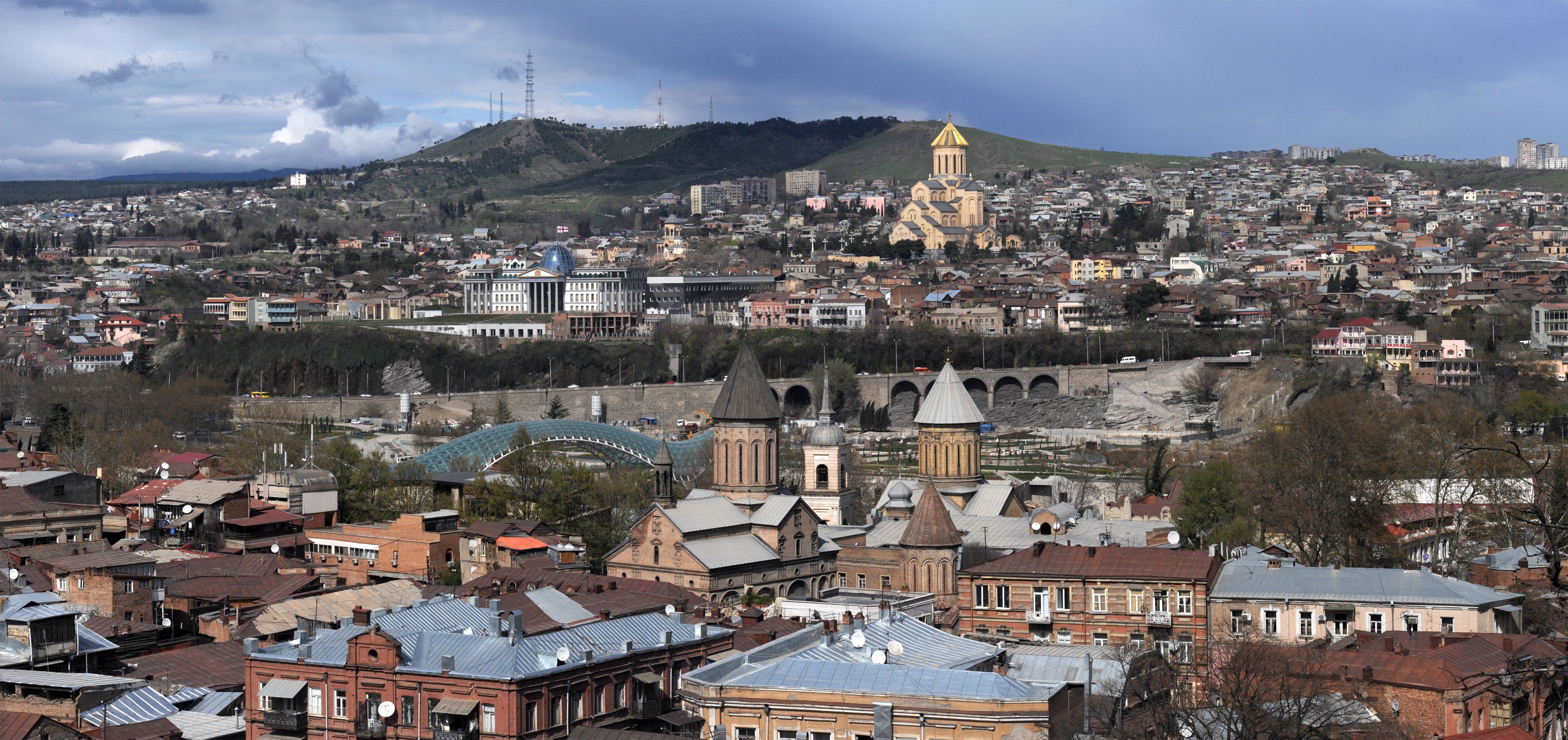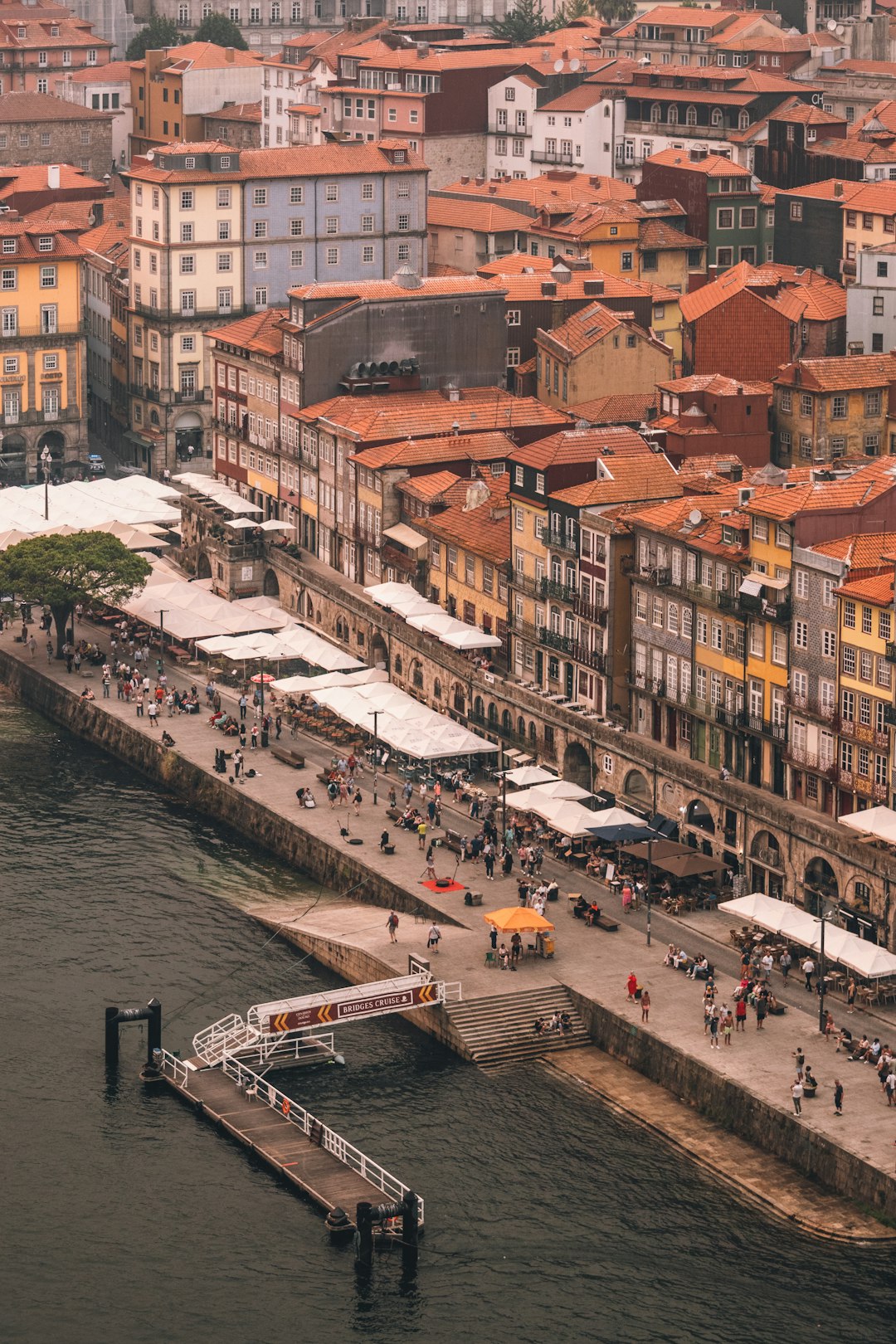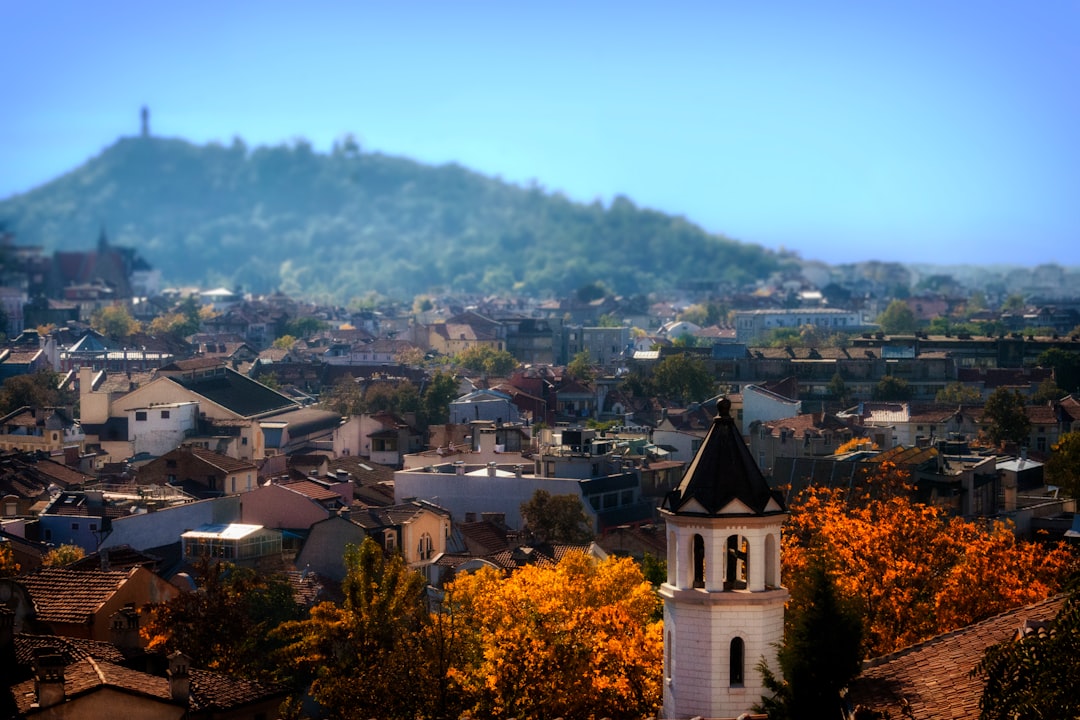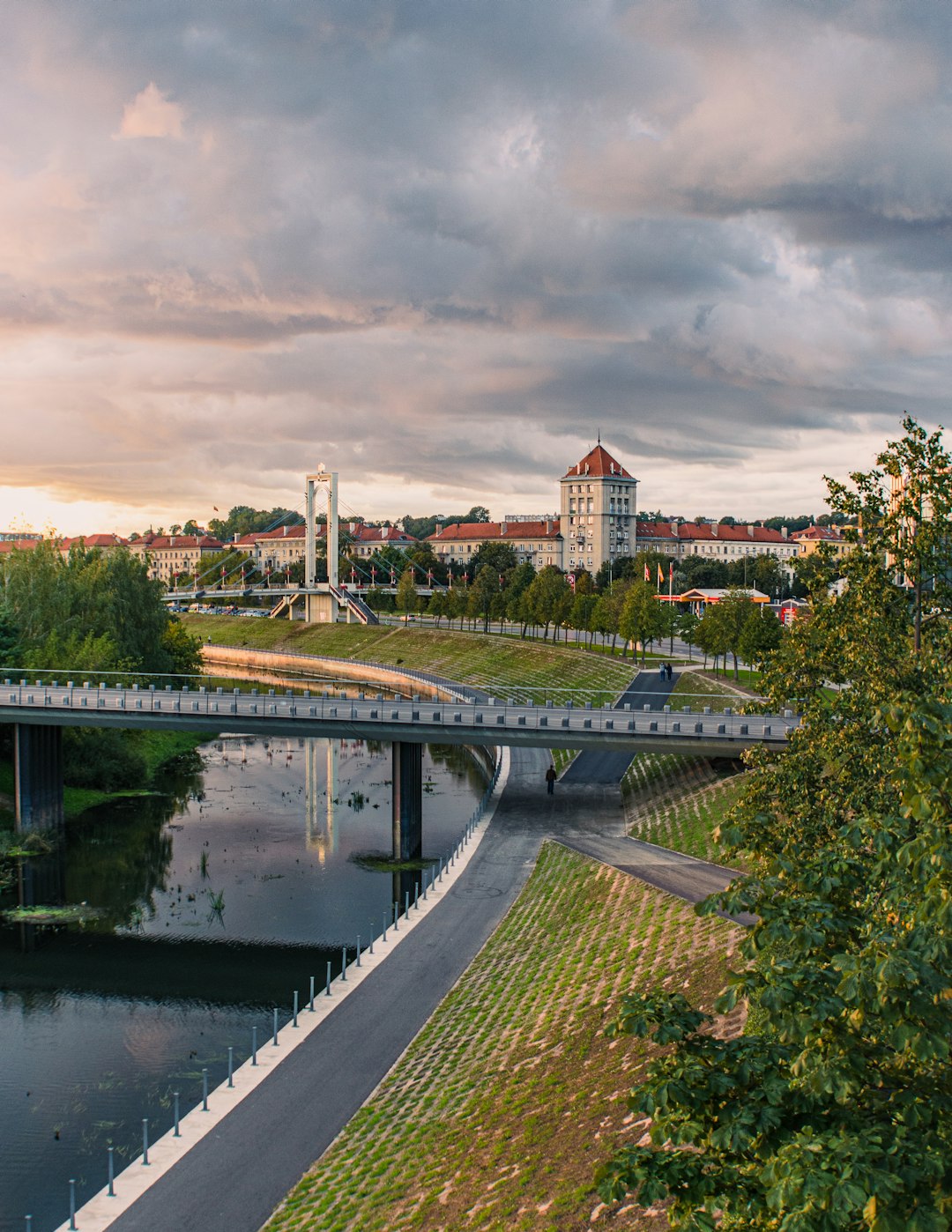1. Tbilisi, Georgia

Tbilisi stands out in 2024 as one of Europe’s most affordable and soulful capitals, where centuries-old bathhouses sit beside vibrant street art. The city’s cost of living is roughly half that of Paris or Berlin, with a central one-bedroom apartment costing about €300 per month. The Georgian National Tourism Administration reported a 30% jump in international arrivals over the last year, yet Tbilisi’s winding alleys and hilltop fortresses still feel refreshingly uncrowded. Food is both a cultural highlight and a bargain; khachapuri and khinkali can be found for as little as €5, and bustling markets like Dezerter Bazaar pulse with local energy. Tbilisi’s nightlife and café culture are thriving, driven by a new generation of artists and entrepreneurs revitalizing the city’s Soviet-era architecture. The city’s unique blend of medieval, Art Nouveau, and modern influences is visible on every street, especially in neighborhoods like Sololaki and Abanotubani. With direct flights recently added from several European hubs, Tbilisi is easier and more affordable to reach than ever before.
2. Porto, Portugal

Porto, perched along the Douro River, continues to fly under the radar compared to Lisbon, yet offers a more accessible cost of living and a captivating old-world ambiance. In 2024, average rent for a central one-bedroom apartment is €800, which is 30% less than Lisbon’s rates, according to the National Institute of Statistics of Portugal. The city saw a 15% uptick in tourism over the past year, but its cobbled lanes and riverside cafés remain pleasantly uncrowded outside peak festivals. Porto is famed for its port wine cellars, and tastings are available for under €10, a fraction of the price found in other wine capitals. Dining is another delight, with traditional francesinha sandwiches or fresh seafood typically costing €10 or less. The Ribeira District, a UNESCO World Heritage site, blends colorful houses with street art and live music, offering an authentic, lively atmosphere. Despite its growing buzz, Porto retains the slower pace and warmth of a town where locals still greet neighbors by name.
3. Plovdiv, Bulgaria

Plovdiv, with its layers of Thracian, Roman, and Ottoman history, is one of Europe’s oldest cities but still feels remarkably undiscovered. The average rent for a city-center apartment is just €250, among the lowest in the EU. The Bulgarian National Statistical Institute reports a 20% rise in international visitors in 2024, many drawn by the city’s Roman amphitheater and vibrant Kapana arts district. Plovdiv’s old town is a maze of cobblestone streets and pastel-hued revival houses, many converted into affordable guesthouses and galleries. Culinary options are equally accessible, with traditional banitsa or shopska salad available for €6. Frequent cultural festivals, from jazz to folklore, keep the city’s calendar lively and welcoming. Despite these attractions, Plovdiv’s relaxed vibe and local-dominated cafés make it easy for newcomers to blend in and feel at home. The city’s growing popularity is still matched by its affordability and authenticity.
4. Lviv, Ukraine

Lviv is a city where baroque churches and coffee houses line the streets, yet prices remain astonishingly low for visitors from Western Europe. As of 2024, the average rent for a one-bedroom in the city center is about €300, with overall living costs 60% below those in Berlin or Paris, according to the State Statistics Service of Ukraine. The city has seen tourism rise by 25% in the past year, driven by its lively festivals and architectural gems like Rynok Square and the Lviv Opera House. Despite this, Lviv’s atmospheric cafés and jazz bars are rarely overrun, maintaining their local character. A typical Ukrainian meal—think borscht and varenyky—costs around €7 at a sit-down restaurant. The city’s “coffee culture” is legendary, with dozens of quirky cafés serving up the region’s famous brews at bargain prices. Lviv’s blend of history, affordability, and creative energy make it an ideal destination for travelers seeking something truly different.
5. Novi Sad, Serbia

Novi Sad, located on the banks of the Danube, is Serbia’s laid-back alternative to bustling Belgrade, with a cost of living that’s hard to beat. The average rent for a central apartment is about €350, and traditional Serbian meals—think grilled meats and fresh breads—are typically under €8. The city’s EXIT Festival has seen a 40% attendance surge in the past two years, injecting youthful energy and international flair. Despite this, Novi Sad retains a relaxed pace, with its tree-lined streets and sprawling parks inviting slow exploration. The Petrovaradin Fortress offers panoramic views of the Danube and hosts art galleries, cafes, and concert venues. The Danube promenade is a favorite local gathering spot, especially at sunset when the city glows with golden light. Novi Sad’s blend of culture, affordability, and festival spirit keeps it high on the list of undiscovered European gems.
6. Kaunas, Lithuania

Kaunas, Lithuania’s creative heart, has transformed in recent years into a vibrant hub of art and design while staying remarkably affordable. As of 2024, a one-bedroom apartment in the city center rents for around €400, according to local real estate listings. Tourism increased by 18% last year, buoyed by the city’s European Capital of Culture designation and a flourishing street art scene. The Old Town, with its Gothic and Renaissance buildings, is dotted with museums and artisan coffee shops. Dining out is accessible, with traditional cepelinai or cold beet soup costing about €10. The city’s riverside parks and modernist architecture reflect a youthful, innovative vibe that draws creatives from across Europe. Kaunas’s mix of affordability, history, and contemporary culture has sparked a wave of new start-ups, galleries, and boutique hotels. Yet, the city still feels open and welcoming, far from the crowds of Vilnius or Tallinn.
10. Digital Nomad and Remote Work Opportunities

The surge in remote work since 2020 has made these affordable cities even more attractive, with several now actively courting digital nomads. In 2024, Tbilisi and Porto, for example, both feature co-working spaces, affordable monthly rentals, and fast internet, drawing freelancers and entrepreneurs from across Europe. Plovdiv and Kaunas have launched local initiatives to support start-ups and remote workers, including subsidized housing and networking events. Novi Sad and Sibiu have also seen a rise in expat communities, with English widely spoken in key districts and international schools opening to support families. According to recent data from Nomad List and Remote Year, these cities rank among the top emerging destinations for digital nomads due to their safety, internet speed, and cost-effectiveness. The international influx is helping to diversify local economies while creating vibrant, multicultural neighborhoods that still retain their unique local cultures.





